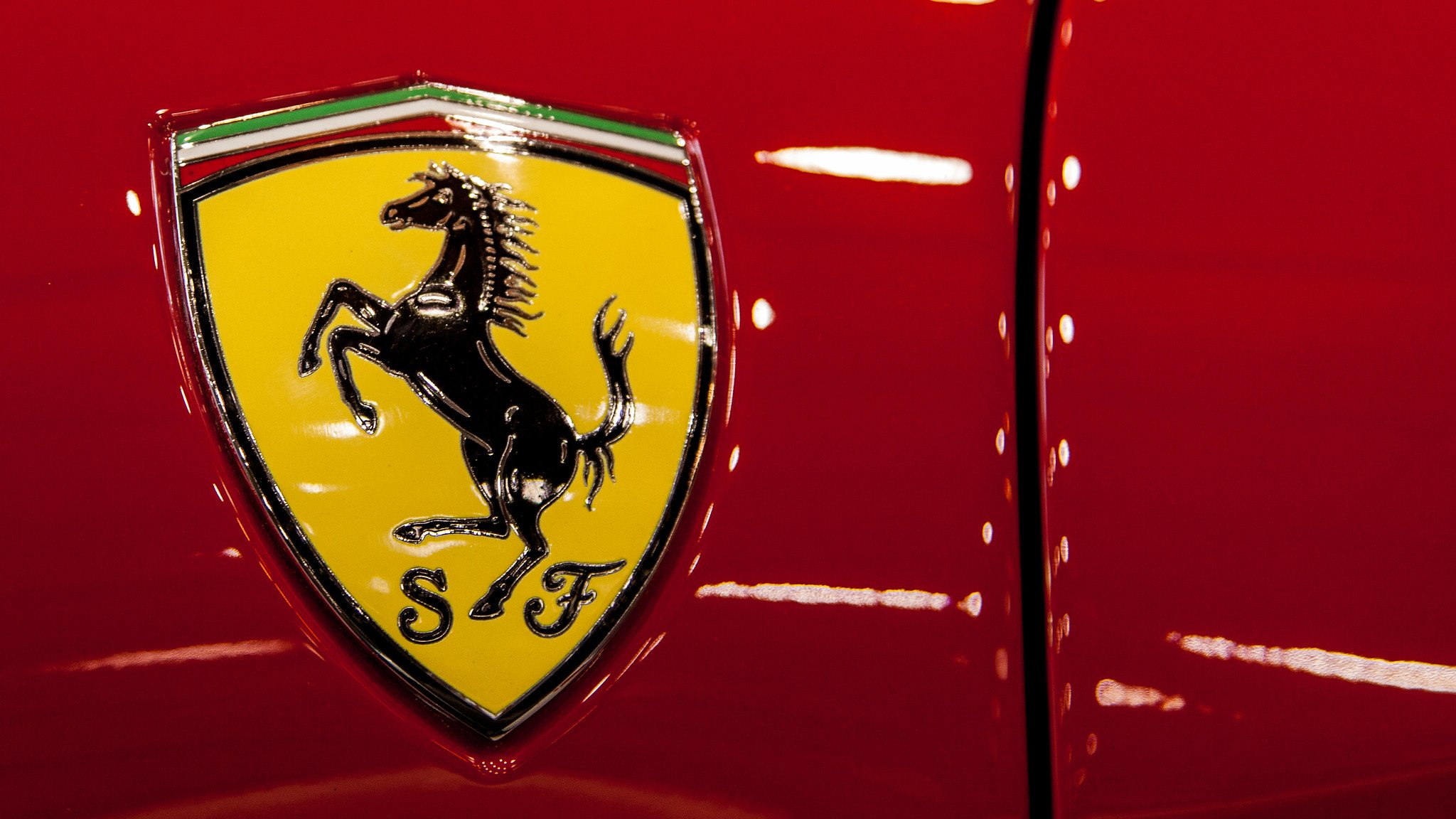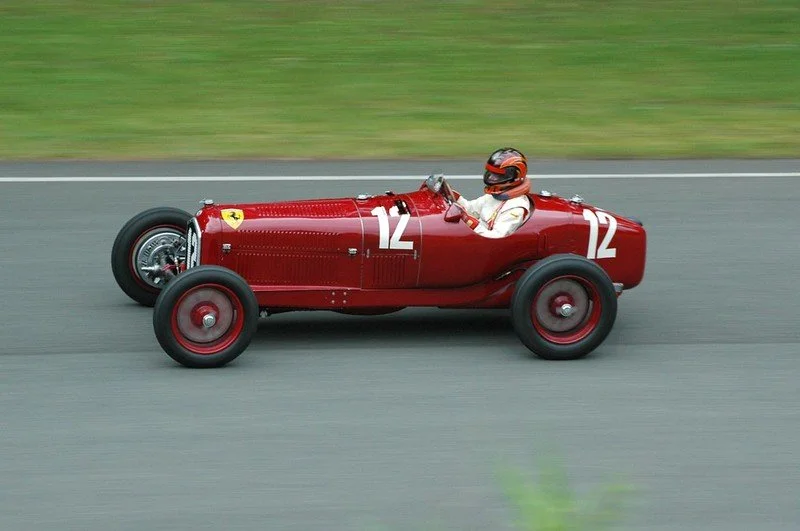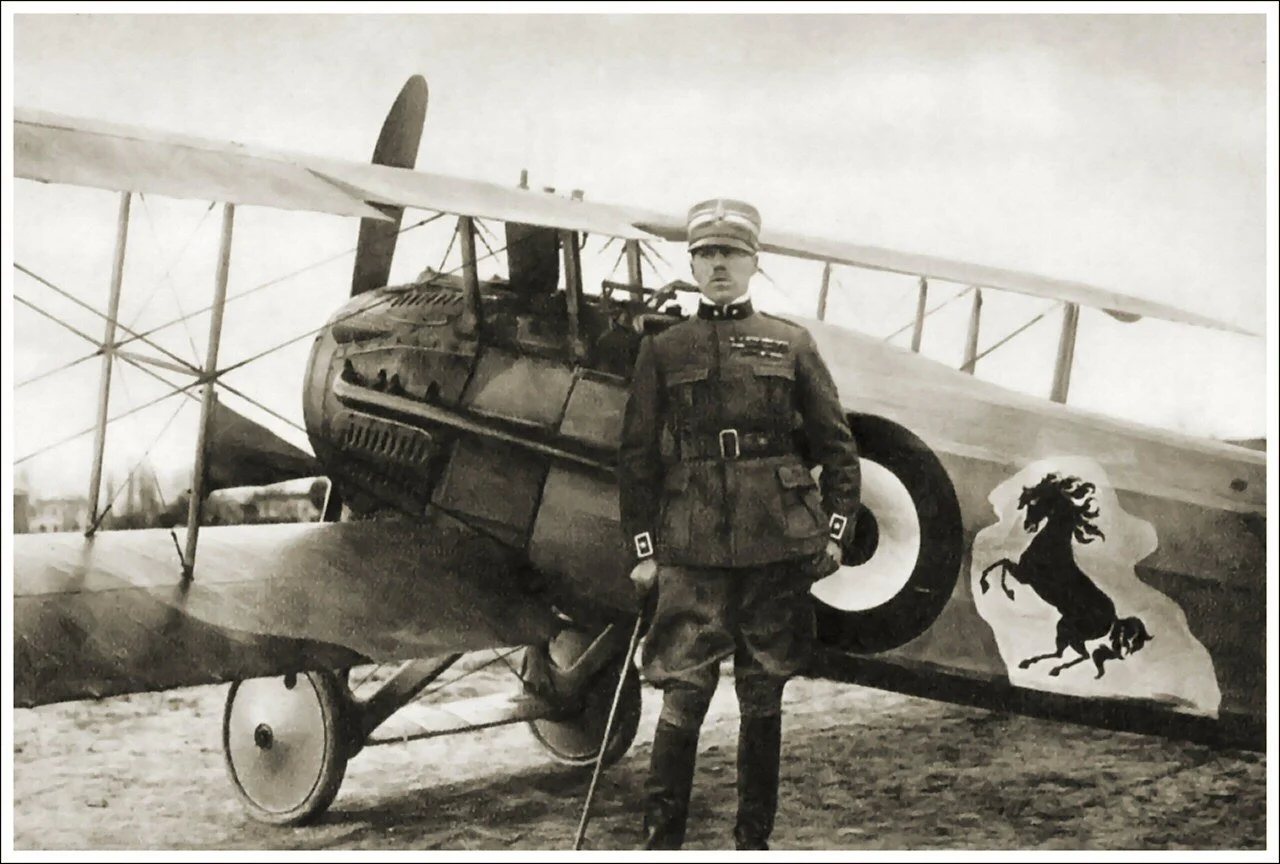Ferrari - The Story of the Prancing Horse
The Origins of the Prancing Horse
The Ferrari Prancing Horse is one of the most instantly recognisable logos in the world and has adorned the front (and sometimes side) of its cars for decades now. The Prancing Horse started to be used on Scuderia Ferrari racing cars in 1932 and Ferrari sports cars 15 years later. To trace its origins, however, you have to look back in time even further to the story of an esteemed Italian fighter pilot.
Enzo Ferrari's Early Passion
When Enzo Ferrari first became engrossed in the world of cars as a 10-year-old boy after witnessing Felice Nazzaro’s win at the 1908 Circuito di Bologna, it set off a chain of events that would eventually result in the creation of possibly the greatest car company of all. At the time, however, a young Enzo Ferrari was inspired to become a racing driver and only had eyes for the track.
Enzo Ferrari's Racing Beginnings
After serving in the 3rd Mountain Artillery Regiment of the Italian Army during World War I, he was eventually discharged after contracting flu during the 1918 pandemic - a sickness that would also claim the lives of his father Alfredo and older brother Alfredo Jr. He subsequently looked to pursue his passion for racing and searched for jobs in the automotive industry. His attempts to volunteer at Fiat in Turin were thwarted, and Ferrari found himself working as a test driver for CMN (Costruzioni Meccaniche Nazionali), a Milan-based manufacturer that made small cars from used truck bodies. Enzo put in the work and was promoted to race car driver, making his competitive debut in the 1919 Parma-Poggio di Berceto hillclimb race. He finished fourth in the three-litre category, driving a 2.3-litre 4-cylinder C.M.N. 15/20.
Joining Alfa Romeo and Racing Success
1934 Scuderia Ferrari Alfa Romeo P3 - credit
Now with a body of work as a racing driver, Enzo made the switch to Alfa Romeo’s racing department in 1920 as a driver and won his first Grand Prix in 1923 on the Savio Circuit in Ravenna. The next year, Ferrari secured three more wins in Ravenna, Polesine and Pescara for his most successful season of racing.
Transition from Racer to Team Founder
Death, however, was a common occurrence in that era of motor racing, and the passing of Ugo Sivocci in 1923 and Antonio Ascari in 1925 dampened Ferrari’s enthusiasm for racing himself. It didn’t switch off the light completely, though, as Ferrari now found himself becoming engrossed in the technical and organisational aspects of Grand Prix racing. This, and the birth of his son Alfredo (known as Dino) in 1932, led to him retiring from driving - with 11 wins from 41 Grand Prix - and forming his own racing team called Scuderia Ferrari.
The Foundation of Scuderia Ferrari
The team was originally founded by Enzo in 1929 as a racing division for Alfa Romeo and was successful for a time, using the Alfa Romeo P3. But what about the yellow shield containing a black horse, emblazoned on the nose of the car? The use of the Prancing Horse on Ferrari’s Alfa Romeo racing cars was the continuation of a story which began with Francesco Baracca, a decorated Italian fighter pilot.
Francesco Baracca and his SPAD S.XIII plane adorned with his personal Prancing Horse emblem.
Francesco Baracca and the Prancing Horse
Baracca’s Military Career
The son of a wealthy landowner, Count Enrico Baracca, the true story behind Francesco’s association with the Prancing Horse emblem is disputed by many people, although it was understood that while at the Miltary Academy of Modena, he held a passion for equestrian, which led him to become a cavalryman with the prestigious Piemonte Cavalleria Regiment. From there, he developed an interest in aviation and, after receiving his pilot’s licence in 1912, served with the Battaglione Aviatori and with the 5th and 6th Squadriglie in 1914.
Baracca’s Piemonte Cavalleria Regiment coat of arms, credit - I, Noclador, CC BY-SA 3.0
Adoption of the Prancing Horse Emblem
Baracca began using the Prancing Horse in 1917 when the Air Force permitted its pilots to personalise their planes with symbols. He paid tribute to his old calvary regiment by using the horse from its coat of arms, which had changed from silver to black in order to be seen more easily on his plane. He told this version of events to his mother in a letter dated 27 April 1918.
Baracca's Legacy
Baracca was Italy’s top fighter pilot during the First World War and was credited with 34 aerial victories. However, on 19th June 1918, a 30 year old Baracca was hit by ground fire during a mission in the Montello hill area of Italy. This caused him to crash nearby and Baracca’s remains were found alongside the burnt remnants of his Spad VII.
The Baracca Family and Ferrari
In Enzo Ferrari’s autobiography, he tells the story of how he began using the Prancing Horse design after a meeting with the Baracca family following a victory in Ravenna in 1923.
“In 1923, I met Count Enrico Baracca, the hero’s father, and then his mother, Countess Paulina, who said to me one day, ‘Ferrari, put my son’s prancing horse on your cars. It will bring you good luck.”
Enzo agreed, and nine years later, the Prancing Horse was first used by Scuderia Ferrari at the 1932 Spa 24 hours. The first production car to use the logo in 1947 was the Ferrari 125 S, with the Prancing Horse appearing on a rectangular shield with a yellow background - a tribute to Modena, the hometown of Enzo Ferrari. Older versions of the logo used the letters ‘S’ and ‘F’ to signify Scuderia Ferrari while the Italian flag colours are often added to both the shield and rectangular versions.
Francesco Baracca’s Enduring Influence
Francesco Baracca’s part in the Ferrari story hasn’t been forgotten, however, and the roller coaster at Ferrari World on Yas Island Flying Aces is named after him.
words: Mike Booth
video: Ferrari




